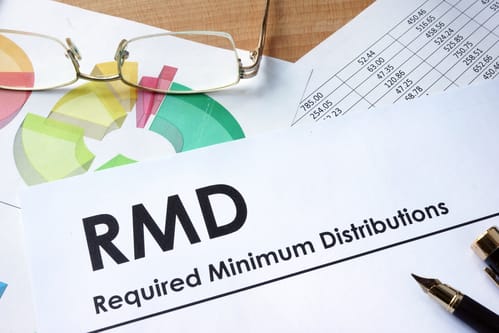The House of Representatives passed the Setting Every Community Up for Retirement Enhancement Act of 2019 (the "SECURE Act"). The SECURE Act is now in the hands of the Senate. If the Senate and President approve, the following are some of the key provisions that could impact individuals and businesses when it comes to retirement planning:
· After the death of a participant in a retirement plan or owner of an IRA (or Roth IRA), distributions of the entire account balance will generally be required to be made within 10 years unless the beneficiary is a spouse or minor child.
· The age to begin taking required minimum distributions from IRAs and retirement plans will increase from age 70 ½ to age 72.
· A repeal of the restriction prohibiting contributions to an IRA once you turn age 70 ½.
· 401(k) Plans will be required to allow part-time employees that work at least 500 hours per year for three consecutive years to participate in the plan by making elective deferrals.







